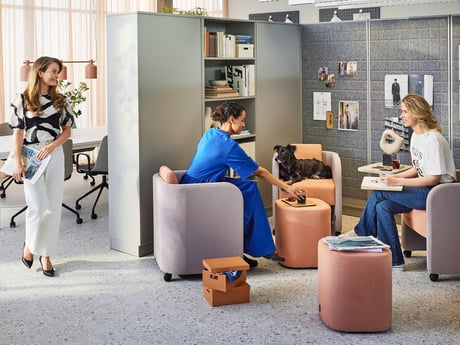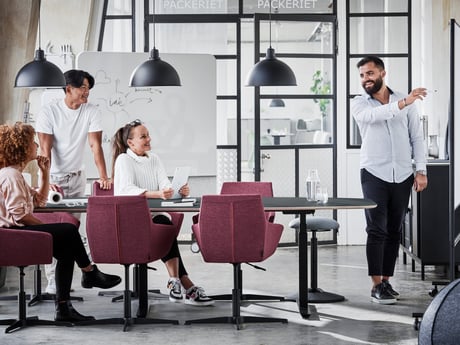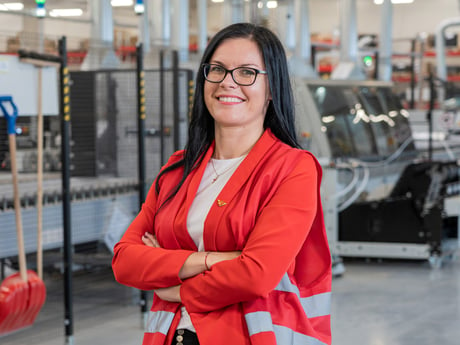- AJ Products IE
- Blog
- Leadership
- Situational Leadership

Situation Leadership
As a family-owned business operating in 21 markets, we are constantly working on our own leadership development. But we have also been collaborating with entrepreneurs and business leaders for 50 years. So, let us help you with your workplace interior – and contribute to your knowledge about leadership models, such as situational leadership.
What is situational leadership?
This leadership model focuses on the individual rather than on an entire department or organisation. The leader needs to adapt their behavior to each team member, or follower, as the term is often used. Employees are assessed based on their level of competence and engagement. Based on this assessment, the leader chooses the most suitable approach. The aim is for each team member to be given the conditions to develop and reach their full potential.
The four developmental levels within situational leadership
To assist the leader in interpreting the needs of their team members, a model based on different combinations of varying competence and engagement is available. For example, a newly hired employee may be driven by high motivation but lack work experience, while someone in a long-term position may be disappointed in their work situation and lack motivation for development and improvement. These two individuals need different types of leadership styles to get closer to the goal of being self-reliant and highly motivated at work.
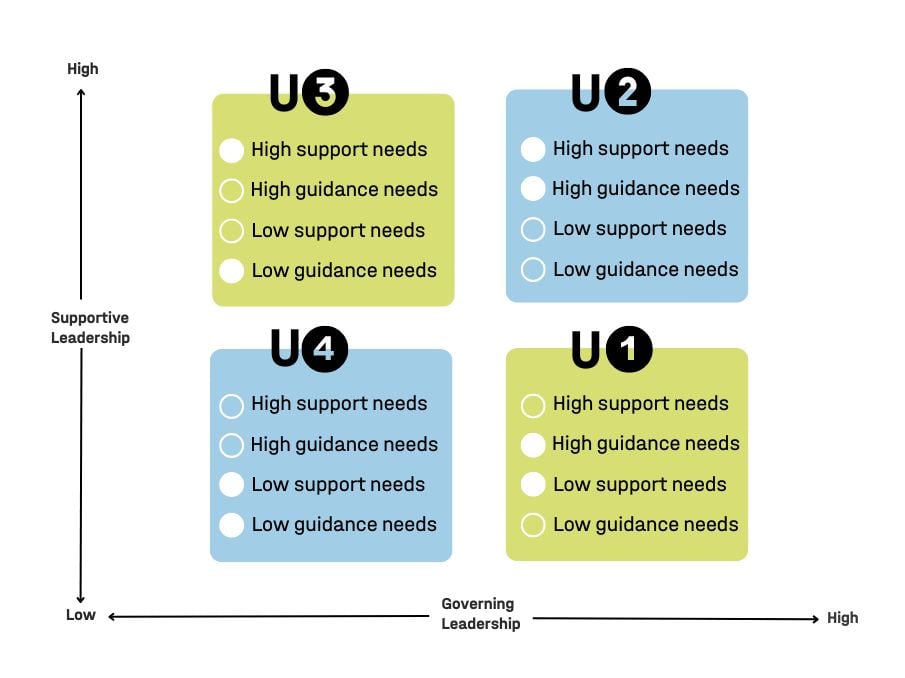
Using the model below, the leader can track each team member's development and adapt their leadership as the situation changes.
- U1 – Low competence and high engagement. This person is enthusiastic about their work but has little to no experience.
- U2 – Low or some competence and low engagement. The disappointed and passive employee who lacks motivation.
- U3 – Moderate to high competence and varying engagement. Good at their job but unsure of their ability.
- U4 – High competence and high engagement. The independent and results-driven employee who is self-reliant.
Leadership styles within situational leadership
Leadership styles relate to how the leader chooses to assign tasks and communicate with their employees. The leader's accessibility and the kind of working relationship formed are part of the leadership style. The two fundamental behaviors are instructive behavior and supportive behavior.

- S1 – Directive leadership style. Highly instructive and minimally supportive behavior. The leader explains how tasks should be performed.
- S2 – Coaching leadership style. Highly instructive and highly supportive behavior. The leader explains why and motivates the employee.
- S3 – Supportive leadership style. Minimally instructive and highly supportive behavior. Leader and employee make joint decisions. The leader inspires and motivates.
- S4 – Delegating leadership style. Minimally instructive and minimally supportive behavior. The employee has a high degree of autonomy and provides necessary resources.
Pair developmental level and leadership style
By first evaluating which of the four developmental levels best describes the employee's situation, the leader can choose a leadership style with a corresponding number. For developmental level 1 (U1), situational leadership style 1 (S1) is suitable, and so on. For example, if a newly-employed team member has low competence but high engagement, they are at U1. In this case, a directive leadership style, or S1, is needed.
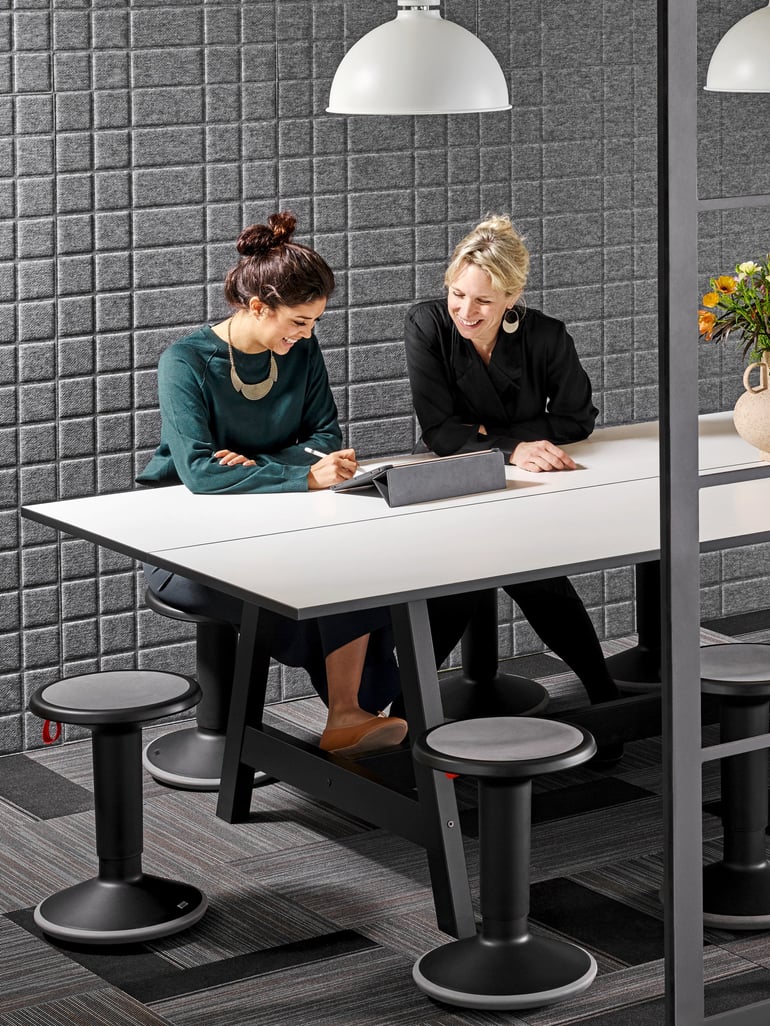
Advantages and disadvantages
As with all leadership theories, there are both positive and negative opinions about situational leadership. It is not suitable for all leaders or workplaces.
Disadvantages
- This model places high demands on the leader, who must be very flexible and able to accurately interpret each employee's situation.
- The model focuses only on individuals when, in reality, the ability to lead a group rather than individual employees may be required.
- Some even argue that the theory is outdated and does not work in a modern organization.
Advantages
- Many believe that the mindset of adapting leadership according to the employee's situation is a good starting point for a leader.
- The model indicates how a leader should behave in commonly occurring situations.
- When the situation demands, it is clear for the leader to assume a controlling role while also giving individual employees autonomy when things are working well.
Summary
Situational leadership is a leadership model developed in the 1960s by Paul Hersey and Ken Blanchard. The model is built around an assessment of the employee's developmental level and the leader's adaptation to the corresponding leadership style. The goal is for the employee to develop their engagement, motivation, and competence.

